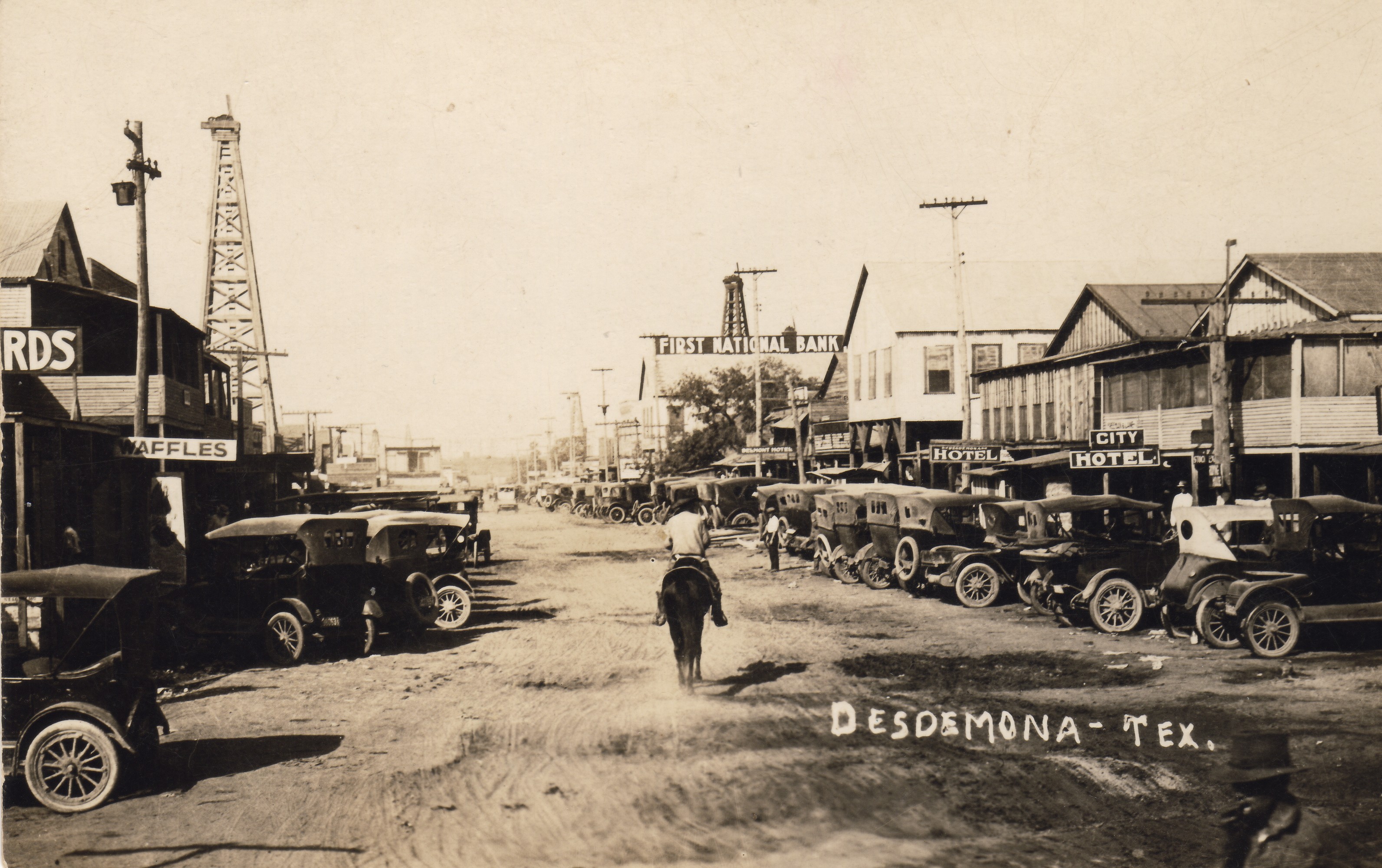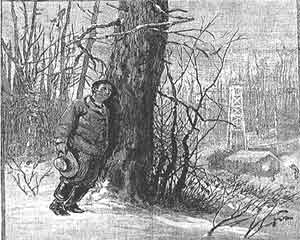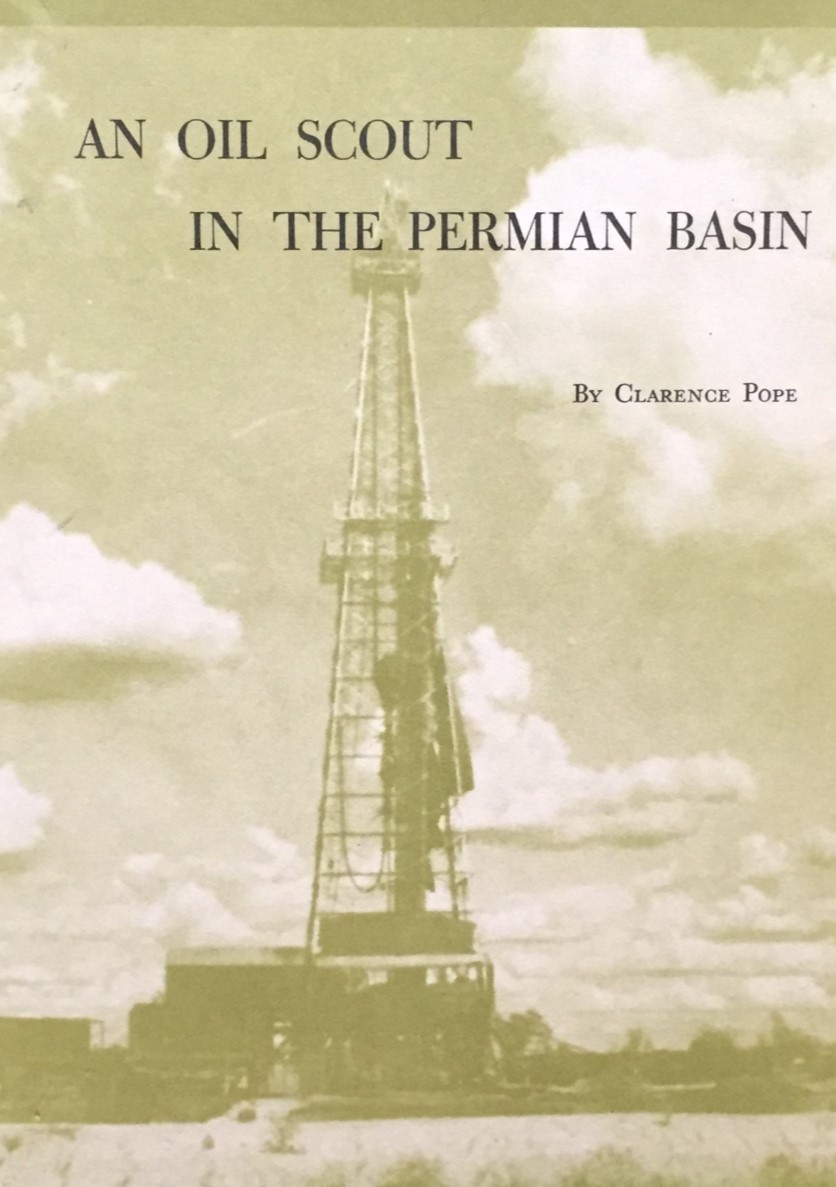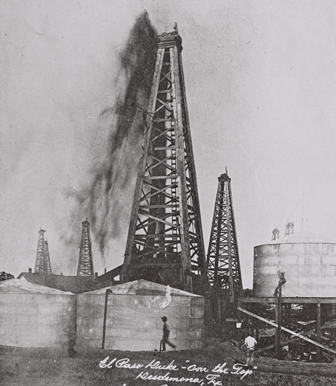Oil scouts and land men have a history that intertwines—and skills sets that have some things in common.
by Bobby Weaver
The oil and gas industry has always been an extremely competitive field. From its very beginning in Pennsylvania in the 1850s, it was an industry whose practitioners found it necessary to know what the competition is doing. That need developed into the profession of the scout. It was the scout’s job to keep his employer informed of the activities of other oil operators. If a competitor started a well, the scout kept track of its progress and reported those findings. If a leasing campaign started in his territory, he reported it before too much of the property was secured. If unknown geologists began work in the area, he reported it. In effect, he was the field intelligence of his company.
Needless to say, simply walking up on the rig floor and asking how things were going was not the best approach to obtain that sort of information. Consequently a good scout needed several skills. He had to have a fair working knowledge of geology and know a lot about the actual drilling operation. Additionally, he needed considerable experience concerning the leasing process. But most of all he must have a persuasive personality, paired with the ability to extract information from those who were not inclined to provide it. Many said that last ability put him squarely in the con artist category, which in many instances could well be the case.
Simply discovering where new drilling was taking place required considerable ingenuity. It might be a simple as seeing a load of casing being transported down the road and getting into a casual conversation with the driver about where he was going. It might be overhearing roughnecks talking at some café. It might even be listening to gossip and possibly even buying a drink or two at some bar. It could be any of a variety of possibilities that required a fast follow-up.
Once it was determined that some new and unknown drilling operation was afoot, the serious information gathering began. A scout’s strategy included a wide ranging number of activities. He spent long hours actually spying on drilling operations from a distance. By observing the number of wraps made on the bull wheel when a cable tool operation was coming out of the hole could provide a well’s approximate depth. In the case of a rotary rig, counting the number of stands of pipe pulled from the hole gave the same type of information. Showing up at a location and examining the cuttings in a slush pit or the discoloration of the drilling mud at a rig could provide information on the type of rock being drilled. Observing a sheen of oil in the mud pit could provide information on whether there was a showing of oil. Oil scouts might even get acquainted with several drillers working in a certain area and go to one of them and ask what the driller on another rig was doing. Then they would go to the driller on the other rig and ask him what the driller on the first rig was doing and put all that information together to get a clear picture of what was happening in that area. Thus keeping daily surveillance on a drilling operation could give a good idea of progress.
In order to keep track of the information, the practice of using “scout tickets” developed. A scout ticket contained the date along with the name and location of the well. Then it noted the depth at which the “top” of a formation was encountered. Noting the “tops” was extremely important, particularly in those early days, as it indicated the depth of known oil bearing formations. Then finally the ticket indicated the bottom depth of the well and whether it was successful or not. Filing a set of tickets on wells in a particular area served two particular purposes. Short range it indicated the directional trend of a particular discovery and facilitated the best leasing information. Secondly, tracking the tops allowed the geologists to map particular formations over a wide area in order to predict possible future drilling prospects.
For many years scouting was carried on by individual companies who often employed large numbers of scouts. As with any other occupation, those in the business got to know one another and often shared information. Eventually some of them formed cooperative organizations that shared information. A good example of that was explained by Robert L. Atkins, who was working for Carter Oil Company in Oklahoma about the time of the end of World War II.
At first he gathered information for the use of Carter only. Eventually 25 companies got together to work as a cooperative unit they called the “check.” They divided the state into four regions and the larger companies assigned scouts to gather information on the activities of those companies not in the check. Each week the 25 members met and exchanged information. The scouts provided tickets for all the wells they scouted and all the members provided tickets for their own operations. Thus those who could not afford expensive scouting organizations were able to get information and the larger companies were not out the expense of scouting member companies.
Land men, on the other hand, although closely associated with scouts, were another breed altogether. Once the scouts, geologists, or whoever determine that there is a likelihood of oil in a given area conclude their work, the land men move in. It is their job to lease the property in question for drilling and production rights. They must have a good knowledge of the nature of land ownership and the various legal aspects of leasing that property. Their mode of operation might be as simple as driving down one road after another and stopping at every farm house in an attempt to lease the property. However, much of their time is spent in the county courthouses poring over various legal documents to determine who is actually the legal owner of certain tracts of land before contacting them. Just as with the oil scouts, the most important attribute of a land man is to have a persuasive personality as well as the ability to bargain over the cost and terms of a lease.
In an earlier day, when a regional boom was under way, the county clerk’s office would be filled with land men diligently searching the records. The huge deed books would be scattered everywhere and often the county officials had to set up a host of temporary tables to accommodate the land men. There might be scores of them diligently poring over complicated deed records and taking copious notes. It was a time-consuming and tedious job. Those old timers would be amazed at the modern land men with their laptop computers and digital cameras taking pictures of entire ledger book pages of documents and transferring those images to their home offices via email. It has made land record searches much more efficient, but someone still has to go out and convince some landowner to lease his property.
In the very earliest days of the industry there could be considerable overlap in the work of the scout and the land man in applying their skills. A spectacular example of that was the development of the Desdemona, Texas, boom in 1917. In that instance, two employees of the Gulf Oil Corporation in Wichita Falls—Landon Cullum, a scout/land man, and Bill Wrather, a geologist—saved up $400 each and went out on their own.
After achieving modest success in buying and selling some leases, they caught wind of rumors of activity around the Ranger, Texas. By the time they got there the place was already booming and, to quote Cullum, “lease promoters had to wear badges to keep from selling to one another.” The lease prices were astronomical, so the two budding oil men decided to try their luck to the south where there was hardly any activity going on.
They scouted a number of rural communities without getting any significant indications of oil prospects. Finally they arrived at the tiny community of Desdemona, known to residents as Hogtown. There the local doctor referred them to the town barber, a well known eccentric named “Shorty” Carruth, who had earlier tried to interest his fellow Desdemonians in an oil well that he had been unable to complete. Shorty tried to interest them in his project to no avail although they did inspect the failed project, where they lowered a bottle on a string downhole. When they retrieved it, it came back full of oil. After questioning a number of local farmers, they discovered that there was a layer of bluish limestone at a very shallow depth. Without any proper tools the partners went around to all the water wells in the area, where they determined the distance of the top of the formation from the surface by lowering a weight on a string. Using that iffy measurement, Wrather managed to create a crude geological map that indicated a trend culminating with a large anticline just west of town. Anticlines, of course, sometimes indicated the presence of oil.
At that point, with hardly any funding, they began to try to lease the property on the anticline. On the night of October 1, 1917, they cajoled a group of farmers to meet at a tiny local schoolhouse to discuss leasing. By the time the meeting was over, Cullum and Wrather had leased 12 farms totaling 3,000 acres for the princely sum of one dollar per farm; a total investment of 12 dollars. Ultimately they leased another 3,000 acres under similar terms. Then they returned to Wichita Falls, where they secured investors who agreed to drill and produce the property for a share in the leases. Eleven months later, on September 1, 1918, the discovery well blew in as a massive producer and within a few months the two partners sold their leases for four million dollars. That Desdemona story of using the knowledge of both oil scout and landman professions to secure a place in oil field legend is pretty much over the top, but any number of extremely successful oil men, such as the legendary Sid Richardson, who worked both as a scout and a land man, serve as examples.
Over time the expense of maintaining large staffs of both professions has caused budgetary concerns, a circumstance which has led to an increasing dependence on independent contractors. In today’s world, most of the landman’s field work is done by those contractors, while oil company landmen tend to deal with trades with other companies, as well as to draft and administer contracts, and to execute other legal matters dealing with lease acquisition and implementation. In the area of scouting, independent firms have arise with the ability to amass vast amounts of drilling information that in turn is electronically digitized and made available to oil companies who subscribe to those services. Such advances have eliminated the need for the stereotypical oil scout skulking in the bushes around some drill site.
Both professions have also changed by organizing to become more cooperative and professional. In 1924 M.G. “Buddy” Hale established the “National Oil Scouts Association,” which, in 1940, due to the large number of landman members, changed its name to “National Oil Scouts and Landman’s Association.” In 1955 the landmen formed their own organization, which by 2007 became The “American Association of Professional Landmen.” Meanwhile, in 1960, after the defection of the landmen, the scouts changed the name of their organization to the “International Oil Scouts Association.” By 2007 the IOSA became a “Cooperating Association” within the AAPL. Both of those associations are dedicated to maintaining high ethical standards of their members while at the same time promoting professionalism by licensing members according to their degree of expertise.
Bobby Weaver is a regular contributor to PB Oil and Gas Magazine. His regular humor column, “Oil Patch Tales,” appears in this issue as well.
An Oil Scout in the Permian Basin
The book shown here is available from the Petroleum Museum (website: petroleummuseum.org), Midland, Texas. The book by Clarence Pope shares the author’s experience as an oil scout for Sun Oil company. Calling it “a most intriguing adventure,” Pope writes that he was on the ground as one big well after another came in, and thus gained an intimate knowledge of significant developments in the various fields. He was one of three organizers of the West Texas Oil Scouts association, the members of which performed a key role in obtaining information that made sound company decisions possible. Clarence later became a land-man for Sun Oil and handled successfully many leasing and other transactions for his company in West Texas. In the book, he explains the functions of both the land-man and the oil scout. Topics or sections include life as an oil scout, the oil fraternity, nature’s desert kingdom, black gold in the Permian Basin, from oil scout to landman, and the trailblazers. Besides explaining the different aspects of the oil industry in the Permian Basin, the account characterizes typical leaders associated with the business directly or indirectly, including ranchers and land owners such as J.M. Shannon and Ira Yates, as well as operators such as Fred Turner, C.J. (“Red”) Davidson, C.W. Brown, and George T. Abell.















